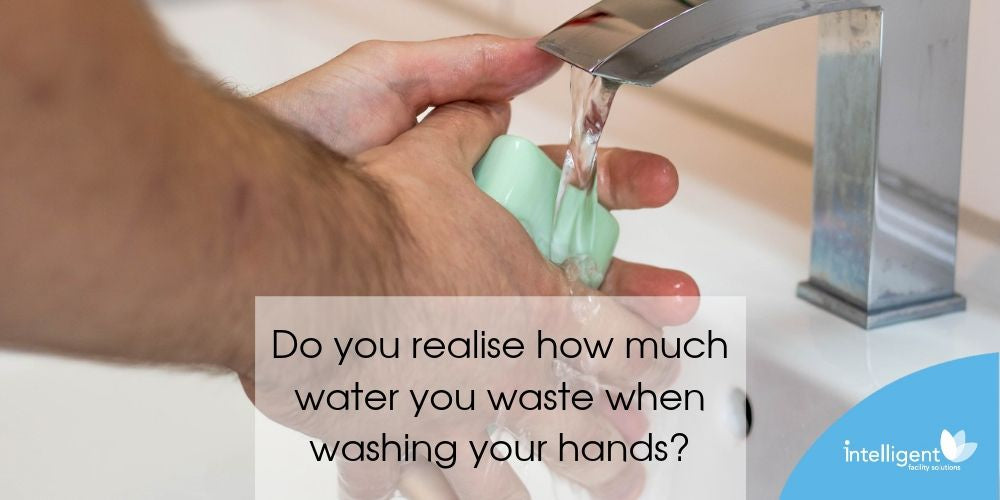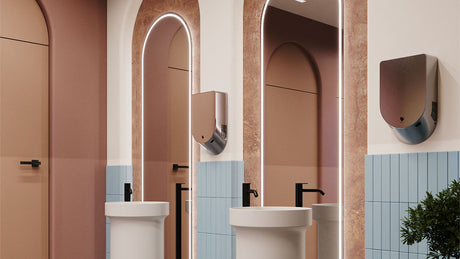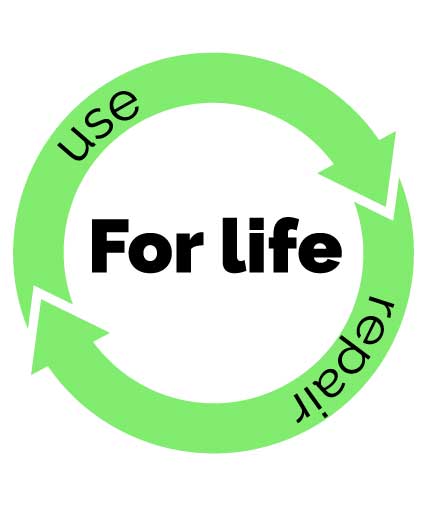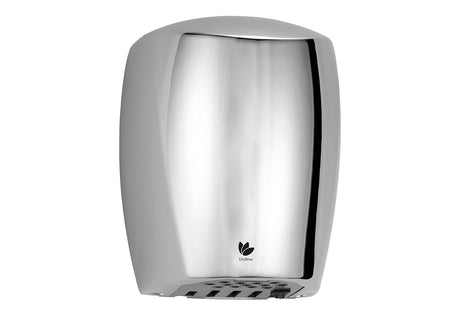Have you ever considered how much water you waste when simply washing your hands? We conducted an experiment with some interesting results.
This post highlights why we should all be thinking about our hand washing habits. It also gives recommendations of things businesses and property owners should be including in their washrooms to minimise waste and costs. Never has it been more important to save unnecessary waste.
After reading this blog post, we strongly recommend also reading this article on why saving water is just so important for the planet. It’s packed full of science and facts, and really sharp analysis.
The hand washing experiment
The video above shows a simple experiment designed to measure the amount of water that gets wasted by manual operated taps during the hand washing process.
Basic instructions and information gathering
Participants were instructed to wash their hands as they would normally. No information on the purpose of the experiment was given.
The results
Any times in seconds stated below are approximations, taken by watching the video recordings using a stopwatch to time when the hands were in and out of the water flow. Therefore, I acknowledge there could be a slight degree of error present. However, it still gives a reasonable representation.
Table 1: Tap behaviour of each participant
| Test person | Approx. total time tap on during hand washing (s) | Approx. time hands NOT under tap whilst on during hand washing (s) | Percentage of time (s) tap running without water being used during hand washing |
| 1 | 10.35 | 4.92 | 48% |
| 2 | 6.47 | 1.33 | 21% |
| 3 | 22.75 | 13.83 | 61% |
| 4 | 21.42 | 13.95 | 65% |
| 5 | 26.57 | 18.43 | 69% |
| 6 | 9.16 | 4.89 | 53% |
| 7 | 9.2 | 6.13 | 67% |
Table 1 shows on average the tap was being left on without water being used for 55% of the time the hands were being washed.
Figure 1: Hand washing water usage breakdown

Figure 1 shows in grey (water required) when the hands were actually being rinsed and the amount of time the tap was on but water wasn’t being used (blue)
It’s recommended it should take 20 seconds to lather up and scrub to make sure your hands are totally clean. The longest wash (test 5) can be seen in the video below. So, if everyone followed the golden standard for hand washing, leaving the tap on, the waste would have been a lot more!
It is important to keep your hands clean so we can avoid getting sick, but the process of lathering and scrubbing takes time! We want everyone’s handwashing routine follow standard guidelines yet still reduce water waste by 20-65%.

How many litres of water would be wasted a year based on these hand washing behaviours?
Table 2: Calculated estimate of total litres of water used and wasted by the 7 employees from the 10 l/min flow rate tap during hand washing
| Period of time | Approx. total number of litres used | Approx. number of litres wasted whilst hands NOT under tap |
| Used daily for hand washing | 79.44 | 47.61 |
| Used a year for hand washing | 20,654.40 | 12,378.60 |
Table 2 uses the standards that each person will use the washroom around 4.5 times a day and the office is open 260 days a year.
The water flow rate per minute was calculated using a measuring jug and running the water into it for 3 seconds, then multiplying it by 20 to get the litres per minute (l/min) as advised here.
To put table 2 in perspective, an average bath should use around 80 litres of water. Therefore, 12378.60 litres are the equivalent of 155 baths full wasted per year, just from hand washing!

How could this water wastage be minimised?
One of the first issues we need to address is minimising the amount of water that comes out of the tap per minute. This would at least save some water without relying on people’s individual behaviours. Tap aerators are made for this purpose.
Of course, we need to educate people in our office to turn the tap off during times when water isn’t being used. In a small office this can be regularly communicated and behaviour monitored. However, you still have the problem of people remembering to do it and changing ingrained.
How can you police this in a large office building or indeed a public building where you don’t have access to educate the masses that use your facilities? It’s a very time consuming thing when you have other work to think about.
Push taps and sensor taps automatically switch off after a period of time. Push taps will save water as they are made to stop at a set time. They can have a habit of sticking though, so stay on longer than that set. Also, if the person has finished rinsing their hands before the water stops, it will still run for a period of time if it hasnt been set to immediately switch off. So, although an improvement, there is still an element of waste dependent upon the setting and user requirement. There’s also a further issue with push taps as some people don’t like to touch the tap in the first place.
Sensor taps, like these we recommend, don’t require any contact and can be programmed to only dispense water as soon as the hands are under the spout and immediately stop when the hands are taken away from the tap. A simple valve opens up when the sensor is triggered to let water through. There are already many pros for sensor taps but because you cannot always guarantee people’s behaviour, this is a great way to minimise water use.
Waterwise recommend in their water saving section for businesses that major cost savings can be gained through installation of automatic or sensor taps. Some sensor taps come equipped with a low flow rate, so a double whammy in the water saving stakes.
Table 3: Estimated total litres of water used for hand washing by the 7 employees if 6l/min or 4l/min sensor taps were installed
| Period of time | 6l/min flow – Approx. total number of litres used | 4l/min flow – Approx. total number of litres used |
| Used for daily for hand washing | 19.10 | 12.73 |
| Used a year for hand washing | 4,965.48 | 3,310.32 |
Table 3 takes into account each person will use the washroom around 4.5 times a day and the office is open 260 days a year.
To put table 3 into perspective. Using taps with a lower flow rate than the 10/min we currently have in the office would use the equivalent of between 41 and 62 bath loads a year, down from the 103 baths required for the 10l/min tap we have. Therefore, this highlights the need to put aerators on our taps as a minimum.
As a reminder sensor taps would save a further 12378.60 litres or 155 baths full, we currently waste.
At the time of writing there are actually 8 people working in this office, one was unavailable to test. Therefore, slightly more water is wasted than that calculated here. There are also another 3 new starters about to join us as well!
Most businesses have a water meter to guide their bills , therefore an investment in sensor taps could significantly save money in the long run. Water meters are used in most businesses as they save money versus being charged against the rateable value of the property. For maximum water conservation and cost saving, it seems sensor taps with low flow rates are the best way to eliminate waste from user behavioural differences.
Key points
- Peoples hand washing practices vary and are difficult to regulate. This can waste a lot of water.
- We should all be lathering and scrubbing our hands for at least 20 seconds for optimal hand hygiene. If taps are left on whilst scrubbing this is a lot of water wasted
- The minimum requirement in any building should be to reduce the flow rate of your existing taps if they run at over 6l/min. This can be achieved by fixing aerators, which are available for free from some water companies or at a discounted price.
- Educating people about turning off the taps is essential but requires time, depends on a behavioural change or could be impossible in some public buildings.
- All buildings, no matter what the size, should look into installing sensor taps like these (click link) with a low flow rate as they eliminate any problems with behavioural differences in hand washing practices and maximise water savings as well as reductions on your water bill.
Make sure you visit our “ How to conserve water – the ultimate beginners guide ” blog post for 32 top tips you can easily do to start saving water today.
There are a number of tips for conserving water . There’s also a lot of free water saving devices available from water companies and links to water saving calculators so that you can work out how much you are using at home and how this compares to the rest of the UK.
Be sure to regularly visit our save water, save money, reduce waste blog category to keep up to date with all things related to water conservation.
Are you looking to save waste in your workplace or home? If so check out how electric hand dryers prevent trees from being cut down by eliminating paper towels. Hand dryers reduce carbon emissions from being created by constant manufacturing, processing, transport, storage and disposal.
Images supplied by:
Gentle07 from Pixabay
Iva Balk from Pixabay





